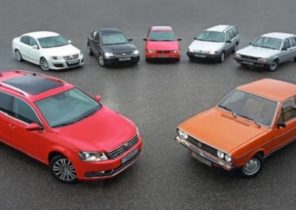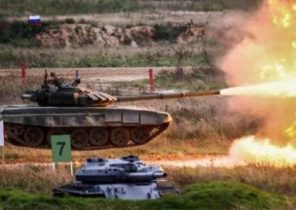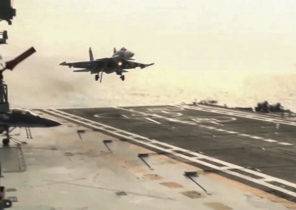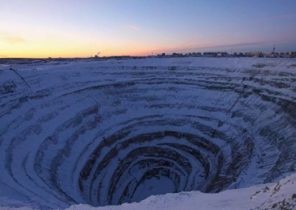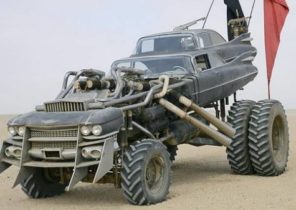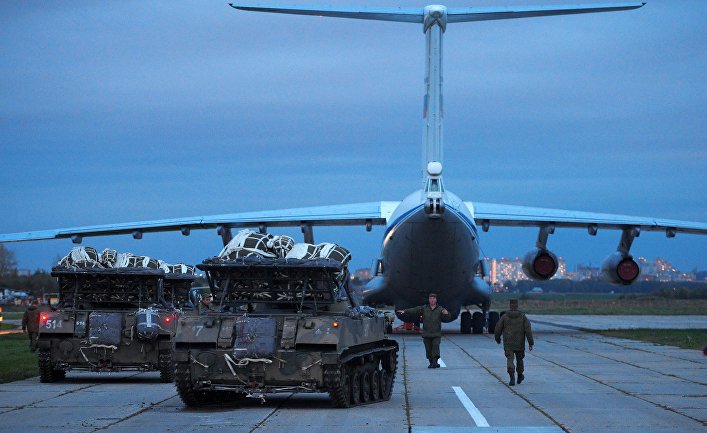
The airborne troops are considered to be Russia’s elite, they are allocated in a separate kind of troops. A characteristic feature of these large forces (several divisions and brigades) — equipping a variety of armoured vehicles, which are primarily offensive value. Examples from Georgia and Donbass show that in favorable tactical situations when interacting with other entities “armored” troops able to execute complex tactical perspective task, even with only BMD-2.
After analyzing the use of combat vehicles in Georgia and in the Donbass, there are several characteristic features.
1. Battalion tactical groups of the airborne troops capable of conducting offensive operations in the case when the enemy is disorganized, and they don’t have to break through the strong defensive position. A crucial role in such cases plays a maneuver and fire power, especially artillery support from 120-mm howitzers-mortars 2S9 “Nona”.
An example of such an operation can serve the actions of the battalion tactical group in August 2008 near Gori. Battalion tactical group (BTG) of the 104th airborne regiment (two companies on the BMD-1) went into the operational rear of the disorganized Georgian troops that ended a successful breakthrough to a depth of about 40 km and exit on the outskirts of Gori. The operation was unusual because the Georgian has already been somewhat disorganized side, are unable to assess the situation, and the Russian battle group operated “touch” — no survey data. It should be noted the boldness of the measures taken and the risk, which in this case was justified. Performing a task that was of great importance in the whole transaction, BTG virtually unopposed (official losses — one killed, nine wounded). It should be emphasized that the vanguard was an additional armored forces, so BTG Colonel Anashkina, actually performed the task of reconnaissance detachment. The outcome of the short battle in Variani, was determined by the effect of surprise and a superiority in firepower (2S9 “Nona”). Such actions will be used in the future, and initiated modernization of equipment (unmanned vehicles, command and communication combat vehicle of the new generation) would overcome the fundamental problem, which was lack of intelligence, difficulty with communication, outdated technology (the main armament of the group was the BMD-1!).
2. Possible battalion tactical groups receive support from the tanks that allows you to create a hybrid battle group. BTG of this type can be seen in 2014 in the Donbass during the August invasion by the regular armed forces of the Russian Federation to the East Ukraine. In mixed BTG was part of the forces of the airborne troops with combat vehicles and tanks of the tank units. Tanks (like the T-72B3) dramatically increased the efficiency of the group including in the defense, concentrating on himself the enemy fire. Joining tactical groups of the airborne troops of armored forces, would seem to confirm that the use of the mixed tank and mechanized battle groups for a breakthrough of enemy positions or attacking from the flank would become the standard.
3. Fighting vehicles of a landing give the military not only mobility, but also the power of fire, which is particularly effective can be used in the defense, or in ambush. It should be noted that “aluminum coffins” is equipped with a good 30-mm small-caliber gun, which allows combat maneuvering to hit (and even kill) any vehicles. A well-known example from the Donbas, where the Ukrainian BMP-2 was destroyed by the fire side (three holes, three on the tower).
Of course, the BMP-2 is hardly modern machine, however, should be aware that potential adversaries of the Russian airborne forces for many more years in the bulk will not go to the armament of the next generation. Meanwhile, the offensive potential of the old BMD-2 and the latest BMD-4M is very different. Suffice it to say that the new machines are comparable to the BMP-3 armament, and tactical groups of the airborne troops will appear additional units of tanks T-72B3.
 © RIA Novosti, Alexei Filippov | go to fotobanka machine landing BMD-4M on the ground in Alabino
© RIA Novosti, Alexei Filippov | go to fotobanka machine landing BMD-4M on the ground in Alabino
The above example of the Lugansk front (battle 20 Aug 2014) shows that the standard two companies of paratroopers (BTG of the 234th airborne assault regiment) was able to partially break through Ukrainian defensive positions on the hills. The attack was used the principle of surprise: it started in the morning in fog with the support of artillery, mortars and tanks T-72BM, which played a decisive role. The Ukrainian situation shows that the first Russian company easily took a foothold “Gagarin”. The Ukrainian position on the reference point “Science” covered the fire 30-mm cannon BMD-2K. Meanwhile, the strong point of the “Postup” were sent to attack another company. T-72 destroyed two Transporter MT-LB, BMD-2K shot of the above-mentioned BMP-2.
As a result, Ukrainian forces drove the Russians counterattack with artillery support. Ukrainians captured damaged and abandoned BMP-2, the 1st company of the 234th regiment of the 76th airborne assault division and destroyed the second BMD-2K.
The experience of Georgia and the Donbass indicates the feasibility of the development of the airborne forces as a special mechanized forces. In this article, I described the experience of fighting, in which the technique of airborne troops were not used fully for its intended purpose. At the moment when the landing will be carried out from the air, the offensive capabilities of the “armored” troops will be very high, especially because ideally, it must be accompanied by sudden actions which disorganize the enemy.
Replacement equipment, in particular, the emergence of the BMD-4 and BTR-MDM, increase mobile and combat capabilities of amphibious forces. It should be recalled that the airborne troops are considered to be in the army a priority, as evidenced, for example, that portable anti-aircraft missile complexes of the new generation 9К333 Verba put them in the first place. Now airborne is well trained and equipped, as well as the combat proven force that can successfully play the role of units immediate response or strategic reserve.


